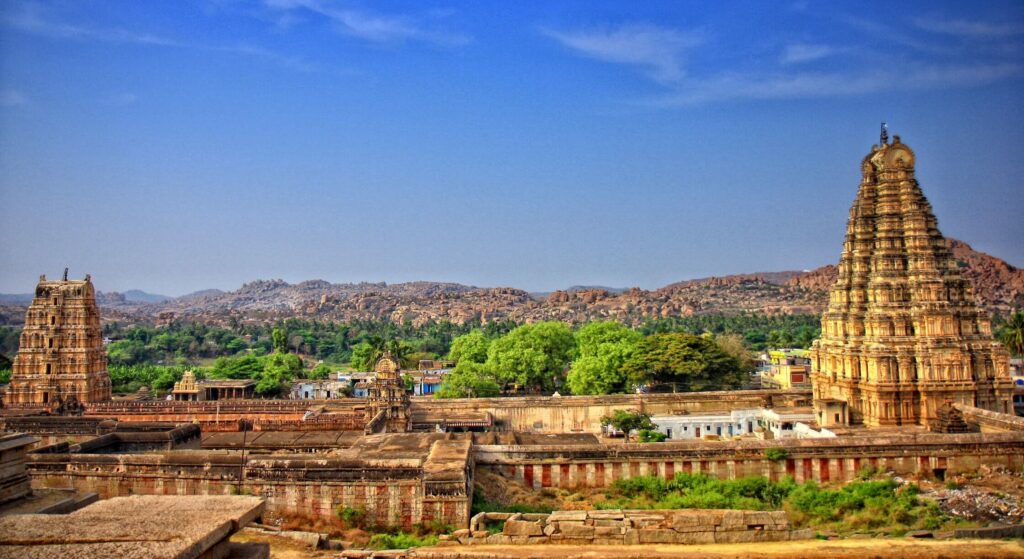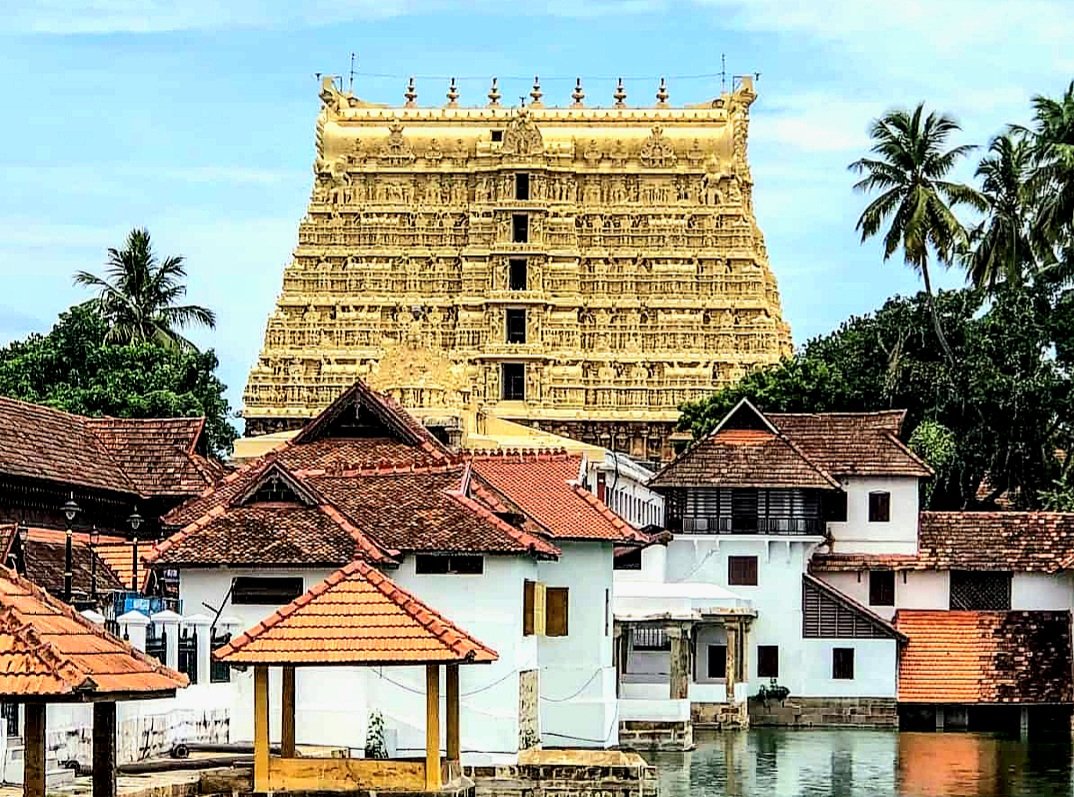Hampi, a UNESCO World Heritage Site, stands as a testament to the grandeur of the Vijayanagara Empire in the 14th and 16th centuries. Nestled in the state of Karnataka, India, this ancient city showcases an astonishing blend of art, architecture, and history. It is a place where time seems to have stood still, with its awe-inspiring ruins, temples, and monuments. In this article, we will explore the architectural wonders of Hampi, India, and delve into the rich history that surrounds this captivating place.
Table of Contents
ToggleThe Vijayanagara Empire
To truly appreciate the architectural brilliance of Hampi, one must first understand the historical context. The Vijayanagara Empire, established in the 14th century, was a powerful Hindu empire that reigned over South India for more than two centuries. The city of Vijayanagara, now known as Hampi, served as its capital. The empire was known for its tolerance, trade, and immense wealth, which enabled the construction of the magnificent structures we see today.
Vitthala Temple
One of the most iconic and remarkable structures in Hampi is the Vitthala Temple. Dedicated to Lord Vitthala, a form of Lord Krishna, this temple is a true architectural marvel. The temple is famous for its musical pillars, which emit musical tones when struck. The Stone Chariot, a stone sculpture of a chariot with intricately carved wheels, is another highlight of the temple complex. The exquisite carvings, majestic columns, and beautifully sculpted deities make the Vitthala Temple a masterpiece of Dravidian architecture.

Virupaksha Temple
The Virupaksha Temple is another jewel in Hampi’s architectural crown. This temple, dedicated to Lord Shiva, is one of the oldest functioning temples in India, with a history dating back over a thousand years. Its towering gopuram (gateway tower) is a sight to behold, adorned with intricate carvings of gods and goddesses. The temple complex also houses a stunning courtyard, numerous shrines, and a fascinating pillared hall.
Achyutaraya Temple
The Achyutaraya Temple, also known as the Tiruvengalanatha Temple, is a lesser-known gem in Hampi. This temple is celebrated for its unique architecture, which seamlessly blends the Hoysala and Vijayanagara styles. It features ornate pillars, intricate carvings, and a towering superstructure. The temple offers stunning views of the surrounding landscapes and is a must-visit for architecture enthusiasts.
Lotus Mahal
The Lotus Mahal, located in the Zenana Enclosure, is an architectural wonder of a different kind. Its design is a striking contrast to the traditional temple structures in Hampi. This graceful two-story pavilion is known for its unique lotus-like domes, ornamental arches, and finely detailed stucco work. The Lotus Mahal was once the royal palace of the Vijayanagara queens and is an excellent example of the empire’s architectural diversity.

Elephant Stables
The Elephant Stables in Hampi provide a glimpse into the royal lifestyle of the Vijayanagara Empire. These massive, domed chambers were used to house the royal elephants. The architecture of these stables is a testament to the empire’s grandeur. The domes, each with its own unique design, showcase a blend of Islamic and Dravidian architectural elements, reflecting the cultural and artistic exchanges of the time.
Conclusion
Hampi, India, is a living museum of architectural wonders, preserving the grandeur of the Vijayanagara Empire. The city’s temples, palaces, and structures are not only impressive in their design and execution but also tell the story of a prosperous and culturally vibrant civilization. The rich tapestry of history, art, and architecture woven into the ruins of Hampi is a testament to the enduring legacy of this ancient empire. A visit to Hampi is a journey through time, where you can marvel at the architectural brilliance that once defined an era of South Indian history.






